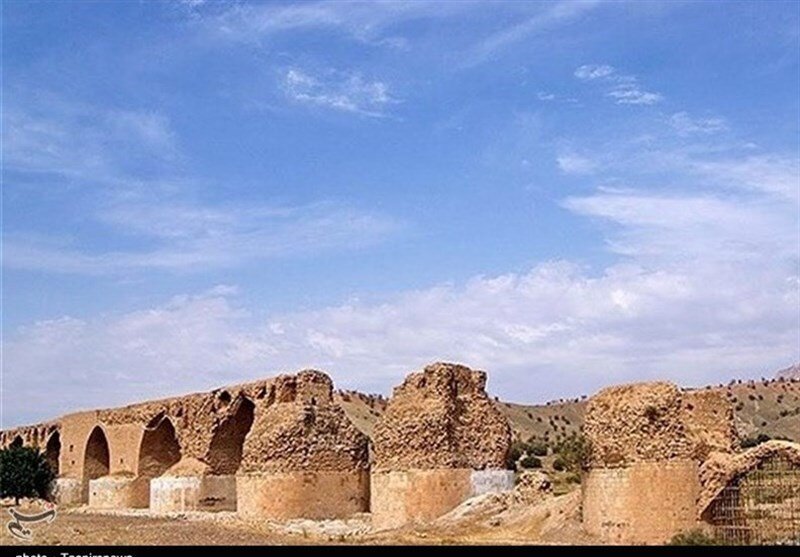Centuries-old arch-bridge needs urgent restoration

TEHRAN – Pol-e Kashkan, a centuries-old ruined arch-bridge in Lorestan province, requires urgent restoration, the provincial tourism chief said on Tuesday.
A budget of 20 billion rials ($40,000) is required to launch salvage work to strengthen the stone pillars of the bridge, Ata Hassanpour said.
Kashkan Bridge is 300 meters long, and it originally had 11 columns and 12 arches, some parts of which are ruined or wiped away. Its height varies between 10 to 26 meters.
An arch bridge carries loads primarily by compression, which exerts on the foundation both vertical and horizontal forces. Arch foundations must therefore prevent both vertical settling and horizontal sliding. Despite the more complicated foundation design, the structure itself normally requires less material than a beam bridge of the same span.
Arch bridges can be classified into deck arch bridges (featuring arches below the deck) and through arch bridges (those with arches above the deck, generally tied arches). In all arch bridges, structural difficulty can be found in the minimization of the misalignment of the arch axis and the line of thrust, as well as sufficient bending and buckling resistance. General design recommendations focus principally on the arch-to-span ratio, the arch and deck slenderness, and the number of hangers or piers.
Recent innovative arch bridges include high-speed railway (HSR) bridges, concrete-filled steel tubular and precast concrete arches, high-performance concrete or ultra-high-performance concrete arches, and steel-concrete composite arches, and feature innovative erection methods. Recent research has been dedicated to the shape and magnitude of equivalent geometric imperfections, fatigue detailing, erection methods, reduction of the arch's self-weight, and new materials for arches, hangers, and ties.
Lorestan, which is a region of raw beauty, was inhabited by Iranian Indo-European peoples, including the Medes, c. 1000 BC. Cimmerians and Scythians intermittently ruled the region from about 700 to 625 BC. The Luristan Bronzes noted for their eclectic array of Assyrian, Babylonian, and Iranian artistic motifs, date from this turbulent period.
Lorestan was incorporated into the growing Achaemenid Empire in about 540 BC and successively was part of the Seleucid, Parthian, and Sassanid dynasties.
AFM
Leave a Comment